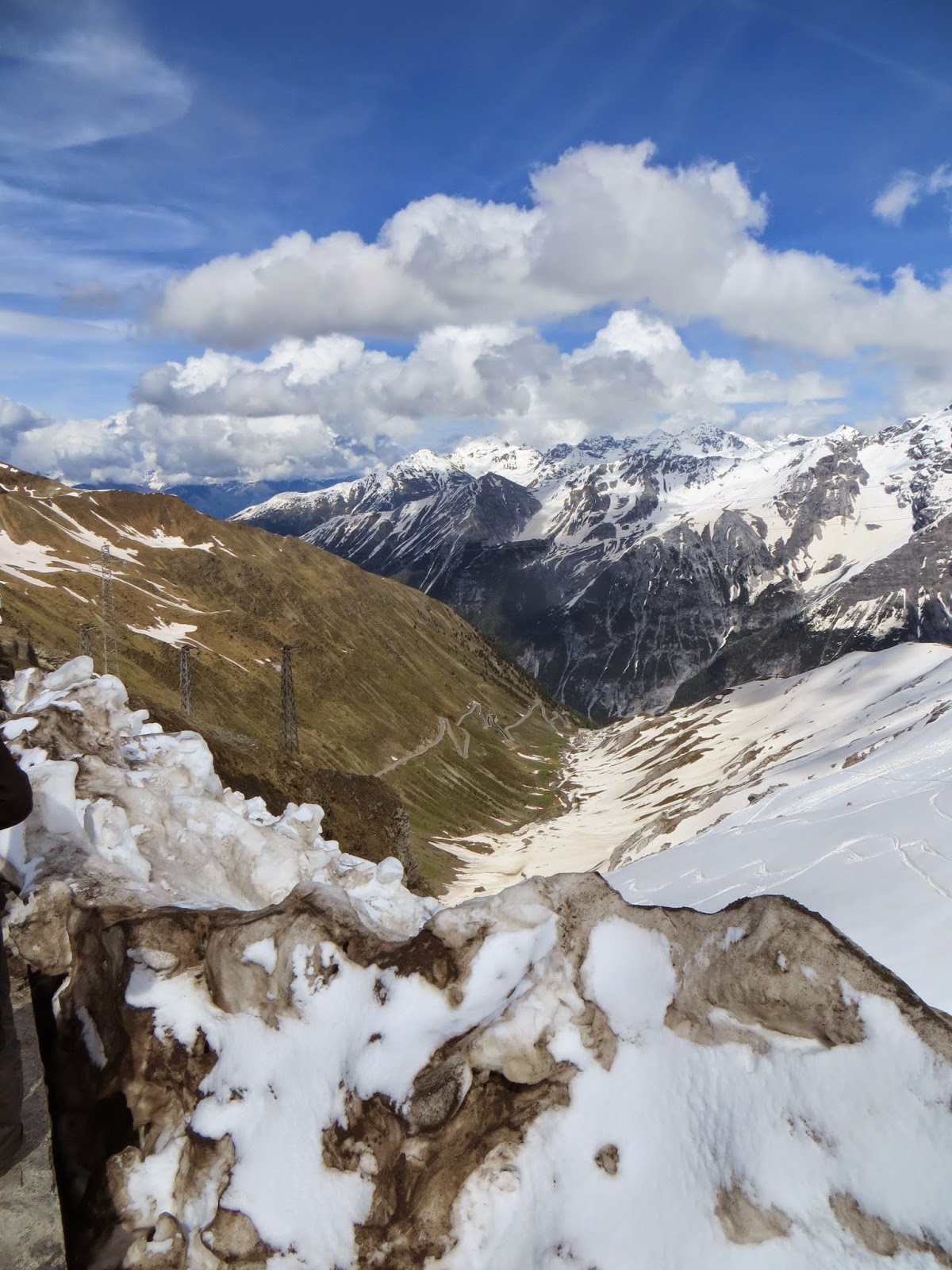The following is a recap of the Classic Team race that occurred today:
Update day 2, Wildwater World Championships, Adda River, Valtellina Italy
Today’s race is the classic team event.
For those who’ve never raced team wildwater let me shed some light; it’s just like regular wildwater only complicated by the fact that there are 3 of you racing really close together. You don’t want to get too far behind your team mates because it’s really hard to catch up, and you definitely don’t want to get too close or in water like this you’ll end up with the back of someone’s boat in your face.
The U.S. team is comprised of Doug Ritchie (me), Kurt Smithgall, and Emmanuel Beauchard. Emmanuel is quite a bit faster than Kurt and me. I have the benefit of having raced team a lot back in the day, Kurt has done it maybe twice.
I know some of the tricks and am aware of the realities.
Trick number one; stay with the lead boat no matter what it takes, cut the corner, find their wake, stick like glue, yell at them to slow down, do not get dropped.
Reality number one; if you do get dropped you are going to be hating life. If you drop back even 10 seconds your team mates should slow down for you, but they won’t stop, so you’ll have to push yourself hard for two to three minutes to get back on wake. By that time they’ll be rested, and they’ll immediately take off again and expect you to hang with them.
It’s brutal when it happens.
We get up to the start line, same as yesterday, a small eddy in the middle of a hue rapid. But now rather than just myself to worry about I have to pay attention to where Kurt and Emmanuel are. Things actually go pretty smoothly except for the fact that my legs are shaking. It’s not just this rapid, I pretty much always feel this way at the start of a race. Normally I get a minute or two before the first hard rapid to work that adrenaline off. Today we start in the middle of the hard rapid.
We hear the start beep and Emmanuel takes off, I work to stay with him knowing that though he’ll wait if necessary, I want to do the least amount of catching up as possible. Kurt starts behind me and I never see him. It’s impossible to look back in this water. I do pretty well and keep the tail of my boat behind the bow. That’s all I can hope for; tail behind bow, bow pointed downriver. Later, Kurt would tell me that he got pretty wonky and sideways. When I finally did get chance to look back he was right with me.
We all run through the next two rapids, big wave trains, one with a big “S” move you have to make to avoid rocks. Emmanuel looks back and yells at me that Kurt is off. I look back, Kurt is maybe six seconds back of us. Emmanuel and I slow way down but in this fast water it takes Kurt about two minutes at nearly full throttle to get back on wake. We immediately take off again. I’ve had a two minute break, I’m feeling good again, all I can do is empathize with Kurt because, boy howdy have I been there. I know how he feels and it ain’t no fun.
Kurt busts ass in the easier rapids on the lower section of the course. I fall in behind him and stay on his wake. I know Kurt is killing it because I’m working to stay on his wake.
For a moment Kurt and I are right on Emmanuel’s wake, it’s sunny, the river is great, and I’m in an awesome race boat. For a moment, I’m 25 years old again. Then some more reality hits;
We get a split from U.S. team coach Chris Norbury. We’re dead even with the Serbians, up nine on Team Japan, and nineteen seconds ahead of the Irish. The British who we hope to beat, have started behind us and after them come the rest of the powerhouse teams; France, Germany, the Czech Republic etc. We’re racing as hard as we can, but for Kurt and me it’s a struggle to keep up with Emmanuel. Emmanuel yells encouragement. As we get down more towards the finish Kurt and I run through a boily eddy in the middle of the river. Emmanuel saw it and broke just to the left. Emmanuel kindly points out that we are in a - pardon my French! – eddy. Tempers tend to rise with adrenaline, testosterone, lactic acid and fatigue.
I respectfully ask that we be given a – pardon my French! – break.
We’re nearing the line, about 500 meters out, Emmanuel is yelling, Kurt is really pushing hard, I’m hanging onto his wake. We finish in tight formation and beat the Serbians by 13 seconds. That was an incredible effort by Kurt Smithgall. We went from dead even with about six minutes to go, to up 13 at the finish. And, that was after he had to sprint for two minutes to get back on wake with Emmanuel and me.
The U.S. team finishes ninth. I make sure we all still love each other and then begin to chill out for the Masters Worlds later today. I’m wondering if it was wise to try to race both senior and masters at the same event. The few moments of time travel, when I feel like I’m 25 again are great, but trying to hang with the young guys is more stressful than I thought.
Doug Ritchie
U.S. Team Manager, 2014 Wildwater World Championships


































